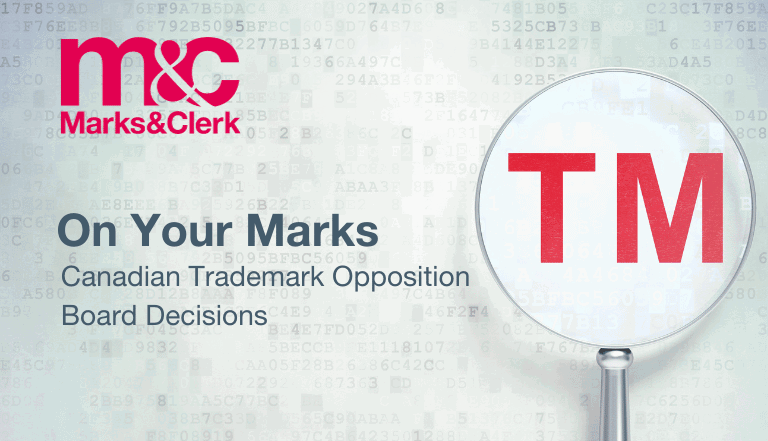Background
Ergonomic Solutions International Limited (the “Applicant”) filed an application for the ERGONOMIC SOLUTIONS & Design mark (the “Applicant’s Mark”) in association with goods and services related to payment terminals, tablets, and similar devices.
Fellowes, Inc. (the “Opponent”) opposed the registration of the Applicant’s Mark primarily on the basis that it is confusing with the Opponent’s ESI ERGNOMIC SOLUTIONS mark, which it claimed to have used prior to the priority filing date of the application for Applicant’s Mark in association with accessories for computers, monitors, peripherals, and office furniture.
Decision
In Fellowes, Inc and Ergonomic Solutions International Limited, 2024 TMOB 4 (CanLII), the Opposition Board refused the Applicant’s trademark application on the basis that the Applicant failed to demonstrate that there is no reasonable likelihood of confusion between the parties’ trademarks.
Reasoning
Notably, the Opponent cited two prior decisions to argue that the Opponent’s initial evidential burden is “light” with respect to establishing prior use of its own common law mark to support a non-entitlement ground of opposition. However, the Opposition Board distinguished the case at hand from those two prior decisions which held that an opponent’s burden was light where the ground of opposition relates to whether the applicant had used its trademark as of the date claimed in its application. Unlike with the Applicant’s trademark use, the Opposition Board stated that: “Opponents can reasonably be expected to have ample evidence of their own trademark use, and so there is no rationale for applying a ‘light’ burden in this case.”
Nonetheless, the Opponent met its initial evidential burden to show use of its mark in association with computer keyboard trays and stands prior to the material date (i.e., the priority filing date of the application for the Applicant’s Mark). Interestingly, the fact that the Opponent’s website made reference to an ESI Ergonomic Solutions, LLC was considered sufficient to permit an inference that sales of computer keyboard trays and stands by that company were made under an implied license from and enured to the benefit of the Opponent. However, the Opposition Board did not accept that the Opponent had sold any other goods in association with its Mark prior to the material date since the Opponent’s affidavit merely stated that such goods were sold in Canada without stating or providing evidence that they were sold prior to the material date
With respect to the confusion analysis, despite finding that there was a low level of distinctiveness for both parties’ trademarks favouring the Applicant, the Opposition Board found that both parties’ trademarks prominently include the identical words “ergonomic solutions”, which favours the Opponent in terms of the degree of resemblance between the marks.
Further, despite finding a limited degree of similarity between the nature of the Applicant’s goods in that they both include stands and mounts but for different electronic devices, the Opposition Board considered there to be a potential overlap in the parties’ channels of trade (e.g., retailers), and was ultimately not satisfied that the Applicant had met its legal burden to demonstrate that there was no reasonable likelihood of confusion between the parties’ trademarks.



